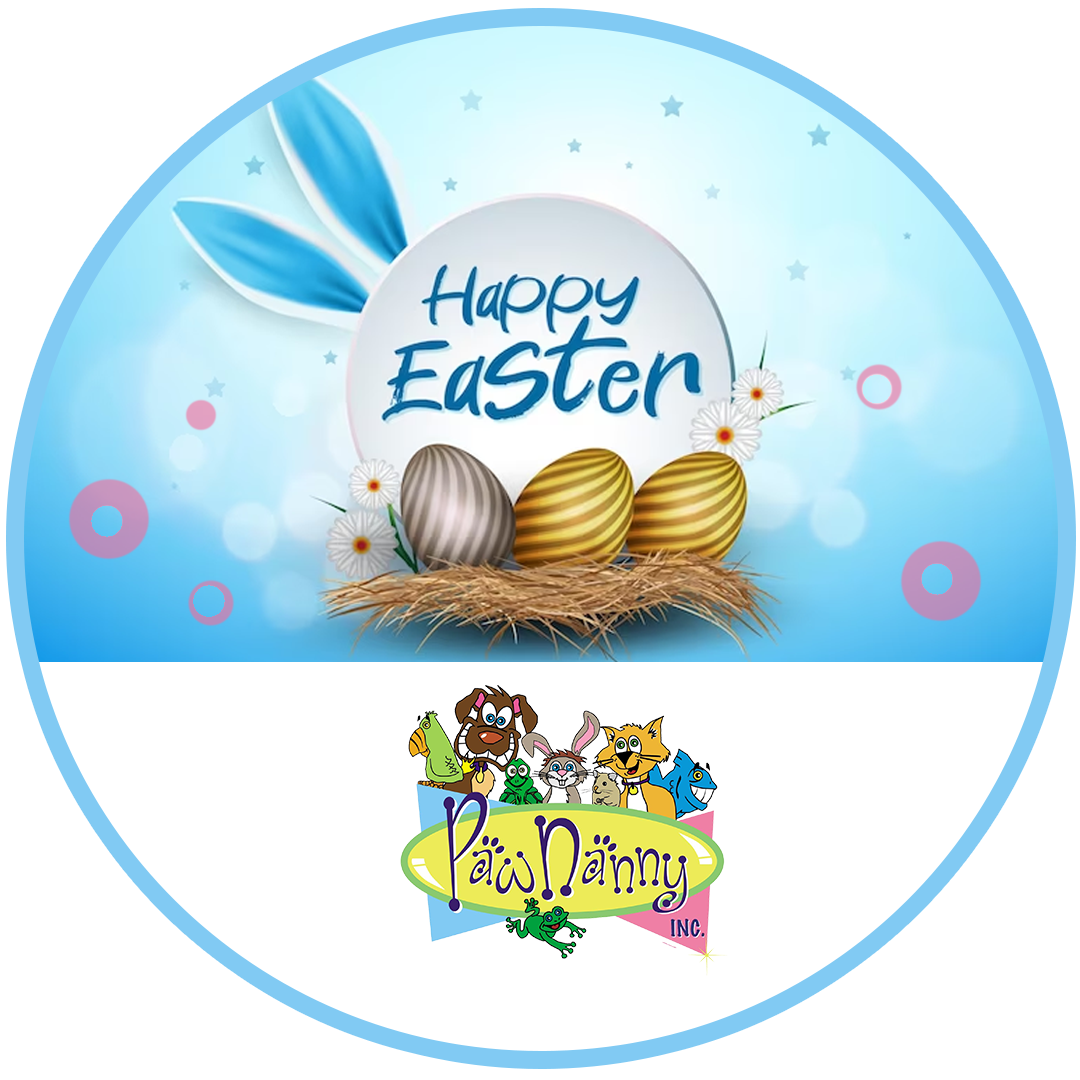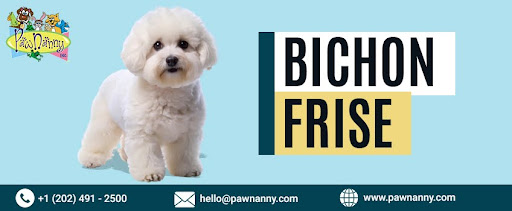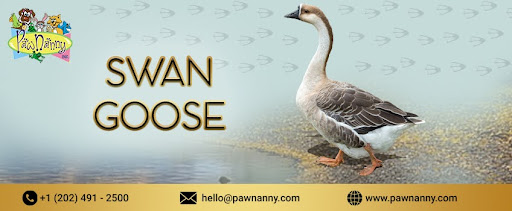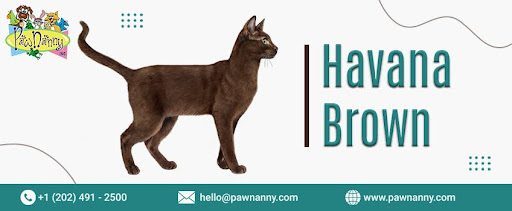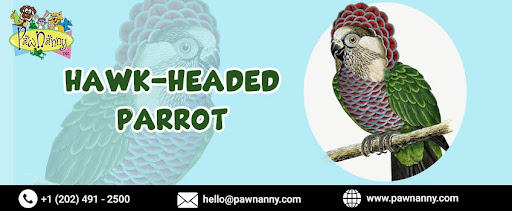
Hawk-headed Parrot | Pet Taxi Services in Fairfax VA
Scientific Name: Deroptyus accipitrinus
Flock Members: 2-10 members
Size: 12-14 inches
Weight: 8.8-12.3 ounces
Lifespan: 30-40 years
A.K.A.: Red-fan Parrot
Behavior
With their vibrant plumage and distinctive head feathers, Hawk-headed Parrots exhibit a fascinating array of behaviors that make them intriguing companions. One of their most striking behaviors is their ability to fan out their head feathers, resembling a hawk's crest, when excited or alarmed, giving them an impressive appearance. These parrots are known for their intelligence and curious nature. They are highly social birds and form strong bonds with their human caregivers, often displaying affection by cuddling or preening. However, they can also be independent and may need some alone time to play and explore their environment - to help them move safely to different locations, make sure to use the Pet Transportation Service.
In the wild, hawker-headed parrots are primarily found in the rainforests of South America, where they forage for fruits, seeds, and nuts. This foraging behavior carries over into captivity, where they enjoy chewing on toys and foraging puzzles to keep their minds stimulated. Communication is another important aspect of their behavior. Hawk-headed Parrots are capable mimics, though they may not be as proficient as some other parrot species. They often use a variety of vocalizations to express themselves, from gentle chirps to loud squawks. Despite their smaller size than other parrots, Hawk-headed Parrots are known for their confident and sometimes aggressive demeanor. They may display territorial behavior, especially around their cage or favorite perches.
History
The Hawk-headed Parrot (Deroptyus accipitrinus) is a fascinating bird with a history rooted in the dense rainforests of South America, particularly in the Amazon Basin. Native to countries like Brazil, Peru, and Ecuador, these parrots have captured the attention of bird enthusiasts and researchers alike. First described by French ornithologist Louis Jean Pierre Vieillot in 1816, the Hawk-headed Parrot is distinct in appearance from other parrot species. Its striking plumage, with a predominantly green body and a unique crest of red and orange feathers on its head resembling a hawk, sets it apart.
Throughout history, Hawk-headed Parrots have been valued for their beauty and intelligence. Indigenous peoples of South America have kept them as pets for centuries, admired for their mimicry abilities and playful nature. However, due to their specialized dietary needs and sensitive temperament, they have historically been less common in captivity compared to other parrot species. Increased understanding of their care requirements has led to more successful captive breeding programs in recent decades. Conservation efforts have also been undertaken to protect their natural habitat, which deforestation and habitat loss threaten.
Today, Hawk-headed Parrots continue to enchant bird enthusiasts worldwide, both in their natural habitat and as beloved pets, embodying a rich history intertwined with South America's vast and biodiverse rainforests.
Breeding
Breeding the Hawk-headed Parrot (Deroptyus accipitrinus) in captivity requires careful attention to various factors to ensure the health and success of the breeding pair and their offspring. These beautiful birds are less commonly bred than some other parrot species, partly due to their specialized requirements and relatively low reproductive rates. Firstly, selecting a compatible breeding pair is crucial. Hawk-headed Parrots typically form monogamous bonds and are best bred in pairs or small groups. Ensuring that the birds are of appropriate age, health, and genetic diversity is important for successful breeding.
Creating a suitable breeding environment is the next step. This includes providing a spacious aviary or breeding cage with nesting boxes or suitable sites. These birds prefer privacy during breeding, so the nesting area should be secluded and quiet. A balanced diet rich in nutrients is essential for the breeding pair and provides supplements such as calcium for egg production and chick development. Providing fresh fruits, vegetables, nuts, seeds, and high-quality pellet food is essential.
Breeding Hawk-headed Parrots can be challenging, as they may breed only some years and may have small clutch sizes. Additionally, hand-rearing chicks may be necessary if the parents do not adequately care for them. Patience, experience, and attention to detail are key to successfully breeding Hawk-headed Parrots in captivity.
Looks and Health
The Hawk-headed Parrot, scientifically known as Deroptyus accipitrinus, is a visually striking and unique bird breed known for its distinct appearance and vibrant plumage. One of the most prominent features of the Hawk-headed Parrot is its striking head feathers, which range from vibrant red to orange and yellow, resembling the appearance of a hawk's head. When the bird is excited or displaying, these feathers can be erected into a beautiful fan-like crest. The rest of the body is primarily covered in deep green feathers, contrasting the vivid colors of its head. Additionally, Hawk-headed Parrots have piercing yellow eyes, adding to their captivating appearance. Use taxi services for pets to help your parrot reach different destinations with utmost care.
Regarding health, Hawk-headed Parrots require a balanced diet consisting of high-quality pellets, fresh fruits, and vegetables. They also enjoy nuts as a treat. Proper nutrition is essential to maintain their overall well-being and vibrant plumage. Regular exercise and mental stimulation are also crucial for their health. Providing toys, puzzles, and opportunities for flight within a safe environment helps keep them physically and mentally active. With proper care, Hawk-headed Parrots can thrive and live long, healthy lives, enchanting bird enthusiasts with their stunning appearance and engaging personalities.
Food and Nutrition
Fresh fruits should form a significant part of their diet. This includes apples, pears, oranges, bananas, grapes, and berries. These fruits provide essential vitamins and minerals, as well as hydration. Additionally, providing them with vegetables like carrots, broccoli, spinach, and bell peppers ensures they receive necessary nutrients such as vitamins A, C, and calcium.
Seeds and nuts are also important components of their diet, but they should be given in moderation due to their high-fat content. A mix of sunflower, safflower, pumpkin seeds, and nuts such as almonds and walnuts provides essential fats and proteins. Supplementing their diet with a high-quality pellet formulated specifically for medium-sized parrots helps ensure they receive all necessary nutrients, especially if they are picky eaters or if fresh foods are not readily available. It's essential to avoid feeding Hawk-headed Parrots foods that are toxic to birds, such as avocado, chocolate, caffeine, and foods high in salt or sugar. Providing clean, fresh water daily is also crucial for their hydration and overall health. With a well-balanced diet tailored to their needs, Hawk-headed Parrots can enjoy a long, healthy life in captivity.
Conclusion
The Hawk-headed Parrot, with its stunning plumage and distinctive appearance, is a captivating bird both as a pet and in the wild. In captivity, they thrive on a varied diet of fruits, vegetables, nuts, and seeds. These intelligent birds enjoy interactive toys and mental stimulation. While they can be affectionate with their owners, they may be reserved with strangers. In the wild, they inhabit the rainforests of South America, particularly in the Amazon Basin. They are known for their impressive vocalizations and acrobatic flight, often seen soaring through the dense canopy. Their wild diet consists of fruits, seeds, and nuts, contributing to the ecosystem through seed dispersal. For more information or to avail of our Pet Taxi Services services in Fairfax, VA, visit PawNanny.com


